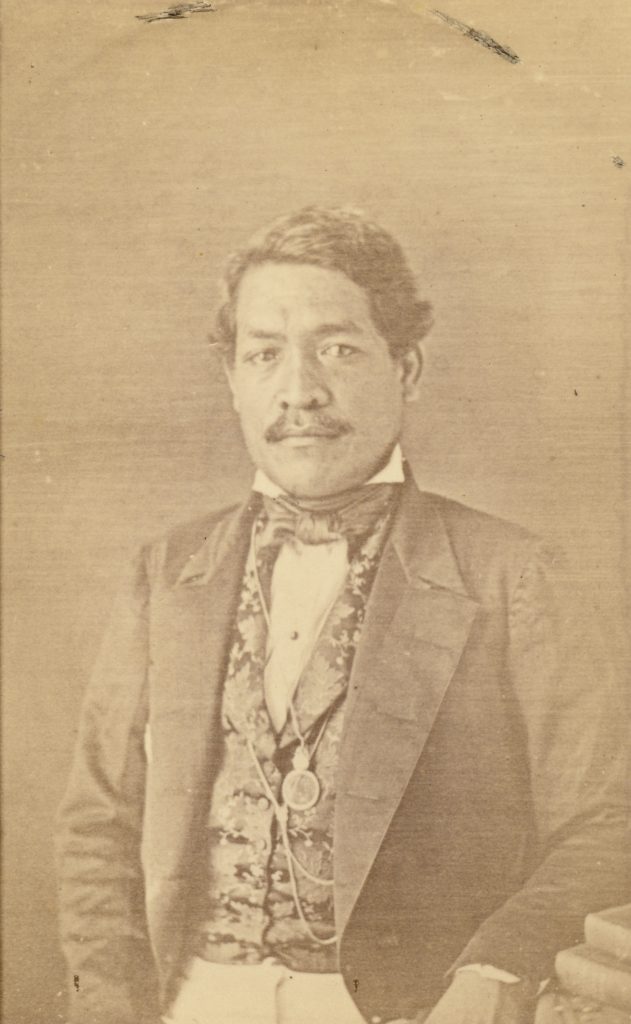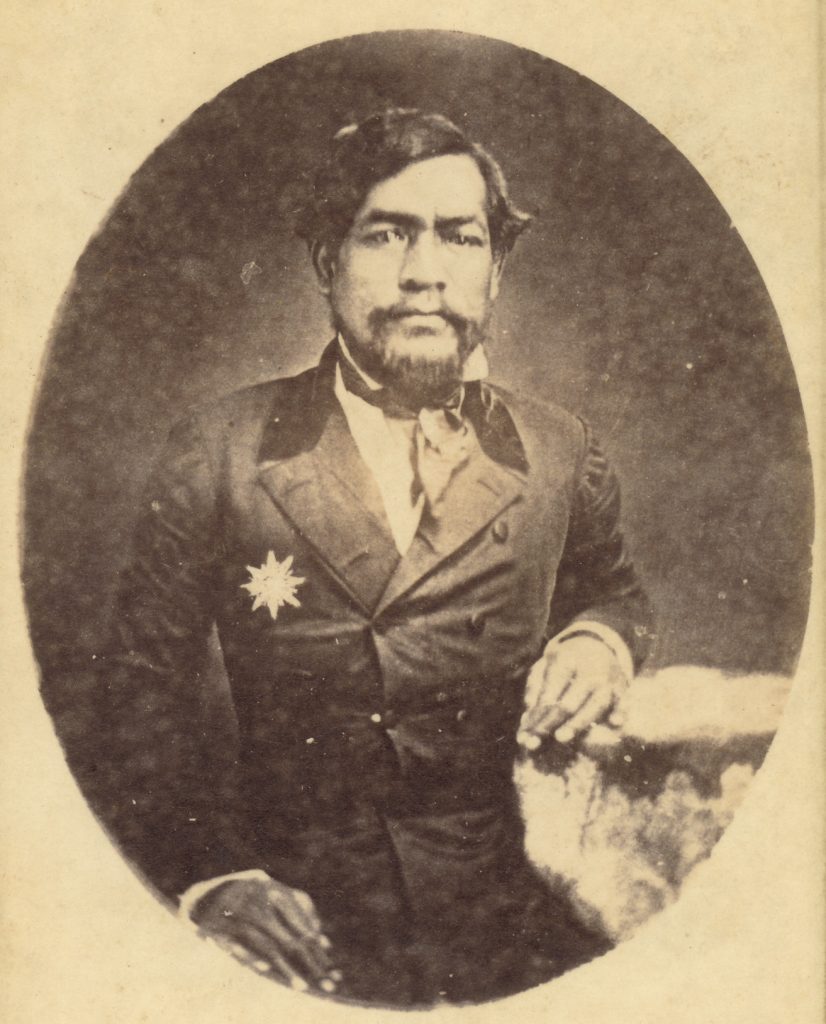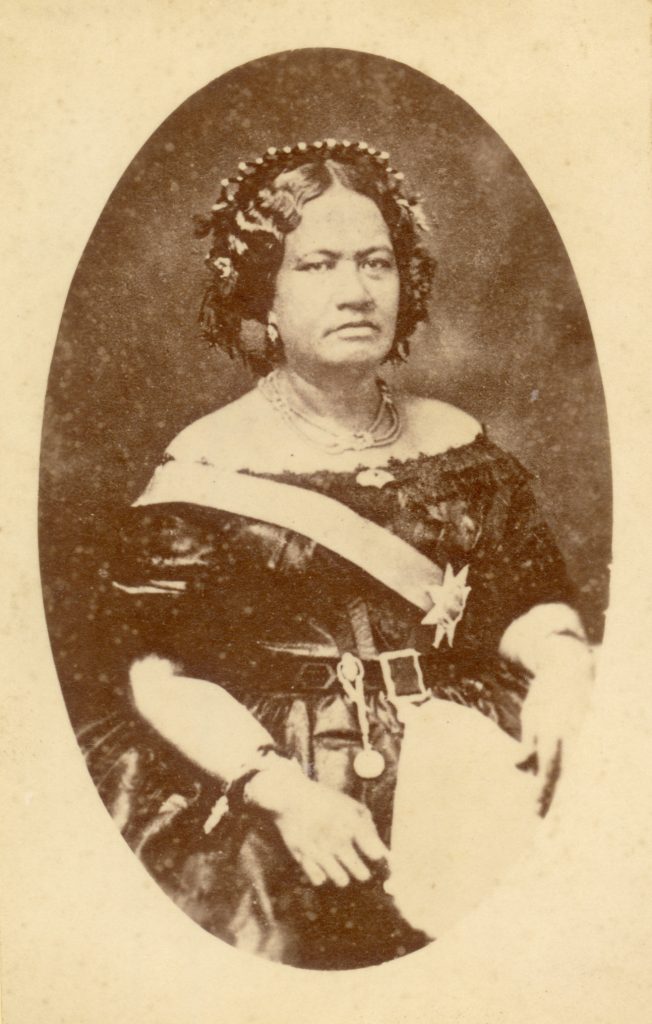Lā Kūʻokoʻa, Independence Day, was first celebrated on November 28, 1843. The Hawaiian national holiday commemorated the signing of an Anglo-Franco Proclamation that recognized the independence of the Kingdom of Hawaiʻi by Great Britain and France. Kamehameha III proclaimed the day after Aliʻi Timoteo Haʻalilio succeeded in his diplomacy. Lā Kūʻokoʻa followed Lā Hoʻihoʻi Ea, sovereignty restoration day, which was first marked on July 31, 1843.





